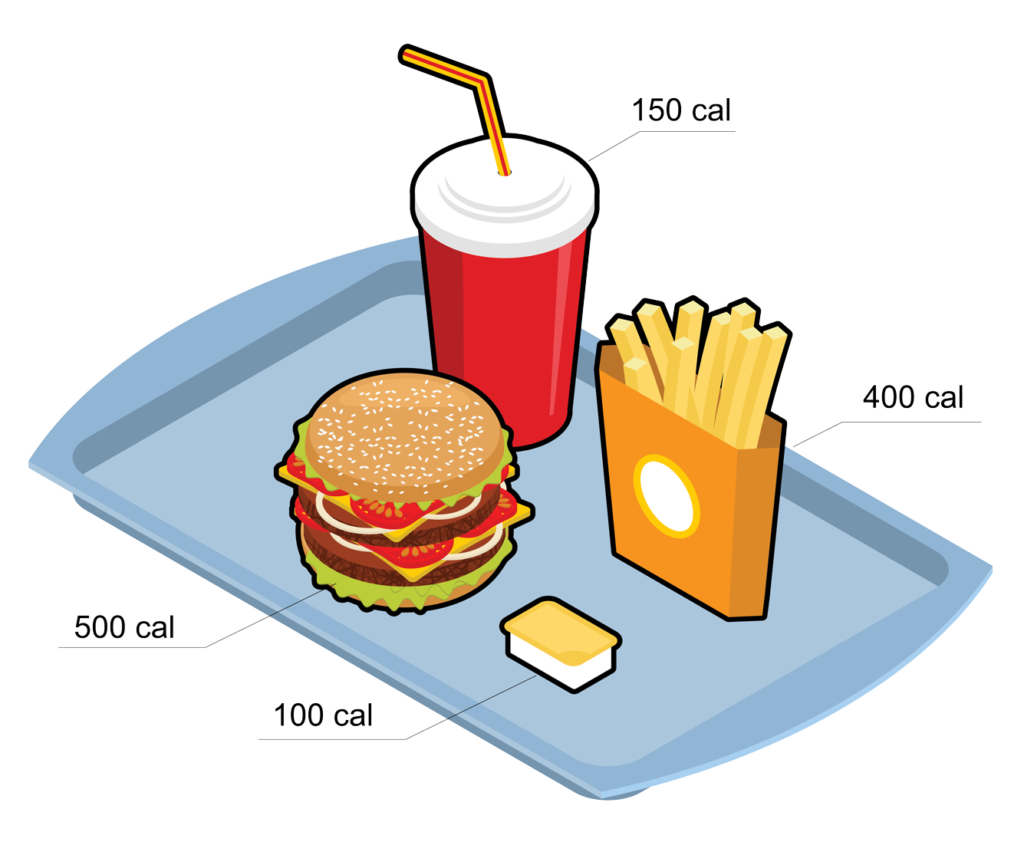When you dine out and see calorie information on the menu, do you try to order more calories or less? Do you feel you should get more calories for the cost of restaurant food? Or would you prefer your dining out budget go to healthier entrees?

The marketing department’s Chris Berry investigated how consumers’ perceived food values paired with mandated calorie labeling impacts their purchasing decisions. Until now, most research suggested menu labeling was ineffective, but it had not considered the reasons behind each individual order. It turns out, two of the three reasonings Berry examined use calorie labeling opposite of how it was intended – viewing high-calorie foods as tasty or large, rather than unhealthy.
“As marketing scholars, my coauthors and I knew that not all consumers would respond in a consistent manner to calorie labeling. Individual differences matter,” Berry explained. “When thinking about what consumers value, you know that some value quantity and calorie information as a cue for quality.”
Food Value Orientations: the “why” behind our food choices
Berry’s research lays out three food value orientations for diners when selecting food: health, taste and quantity. Health-value consumers prioritize nutritional value in their food. While more obvious maybe, taste value consumers assess based on perceived tastefulness of the meal. Those who value quantity assess by the amount they want to get on their plate.
Ultimately, Berry and his coauthors’ experiments showed that taste and quantity value-oriented consumers generally ordered higher calorie items, viewing caloric content as a signal of other attributes.
“Quantity and taste value-oriented consumers utilize calorie information to maximize the quantity and taste of their meal choices, respectively,” Berry explained. “This may result in greater calories ordered by these consumers. Thus, offsetting reductions in calories ordered by health-value oriented consumers who utilize calorie information to order lower calorie foods. Whereas the latter is what policymakers intended, the effects observed for taste and quantity value oriented consumers are an unforeseen outcome of this mandate.”

These counterbalancing results explain why prior research showed insignificant impacts of calorie labeling. Consumer values dictate their choices, so without considering those values it’s difficult to draw clear conclusions.
“My hope is that this study will help illuminate the fact that calorie labeling, and other nutritional disclosures, may be effective and beneficial for some consumers resulting in better decisions for their health and wellbeing,” Berry said. “I certainly think it serves a role in combatting obesity. Yet, there are consumers who use that information to satisfy other orientations that may not align with policy health goals. That is, policymakers can mandate information be provided, but they cannot control how that information is used.”
Responsible Research in Marketing
Berry’s paper, “Understanding the Calorie Labeling Paradox in Chain Restaurants: Why Menu Calorie Labeling Alone May Not Affect Average Calories Ordered” published in the Journal of Public Policy & Marketing earned him the AMA-EBSCO Annual Award for Responsible Research in Marketing this spring for its implications on public policy and consumer wellbeing. He will present his findings via video in the upcoming AMA Summer Academic Conference, August 4-6.